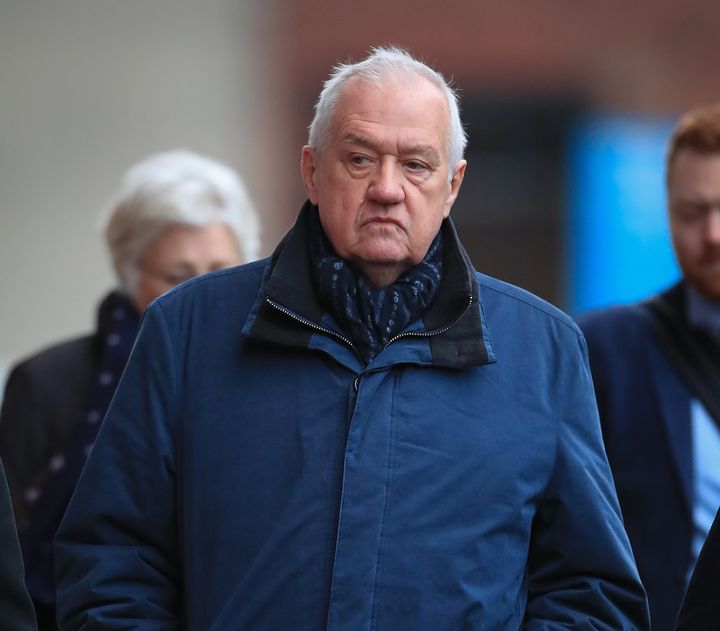The capacities of terraces at the Hillsborough Stadium had been seriously over-estimated, the trial of match commander David Duckenfield heard.
The Leppings Lane terrace, where dozens of Liverpool fans were crushed to death, had a capacity overestimated by around 25%, Preston Crown Court heard.
John Strange, a structural engineer employed by Sheffield Wednesday FC’s safety consultants Eastwood and Partners, conceded miscalculating the capacity was “potentially very dangerous”.
He told the court Eastwood’s, which had calculated the numbers, had been working from plans supplied by another firm where he used to work, along with his boss, eminent engineer Dr Wilfred Eastwood.
But he told the court drawings of the ground supplied by Husband’s had been wrong as they were not properly to scale.
Duckenfield, 74, denies the gross negligence manslaughter of 95 Liverpool fans at the FA Cup semi-final on April 15 1989, and former Sheffield Wednesday club secretary Graham Mackrell, 69, denies breaching a condition of the safety certificate and a health and safety offence.

Strange agreed with Ben Myers QC, defending Duckenfield, that establishing the capacity of a stadium was “fundamental” otherwise it meant “seeds sown” for problems in the future.
But the stadium’s safety certificate of 1979 showed the West Terrace, where the fans died, had a capacity given as 7,200 and the North West terrace as 2,900, giving a total of 10,100, the court heard.
Myers continued: “On the day of the tragedy, did they reflect the safe capacity of the ground?”
Strange replied: “Not at that time.”
Myers said: “What was the safe capacity of the West Terrace?”
“Well, less than that,” Strange said.
However, the court heard the safety certificate was not amended after the tragedy until another overcrowding crushing incident on the West Terrace, six months later, during the Sheffield derby when Wednesday played Sheffield United in November 1989.
When the new safety certificate was produced following that match, the capacity for the North West terrace was almost halved to 1,500.
And another engineer, John Cutlack, calculated the safe capacity of the West Terrace should have been 5,425 in 1989, a difference of around 1,800, meaning the figures used by Eastwood’s was around 25% too high, the court heard.
Myers said to the witness: “The stadium, those working with it, were trying to accommodate 1,800 more people than it could properly hold in that section of the ground.
“If the figures are out by that extent, that’s potentially very dangerous isn’t it?”
Strange replied: “Possibly, yes.”
The jury was shown letters showing Strange advising the capacities be lowered, but the court heard this was over-ruled by his boss, Dr Eastwood, described as a domineering man regarded as a “god” in his office.
Ninety-six men, women and children suffered fatal injuries in the crush at the match between Liverpool and Nottingham Forest.
Under the law at the time, there can be no prosecution for the 96th person, Tony Bland, as he died more than a year and a day after the disaster.
The trial continues.